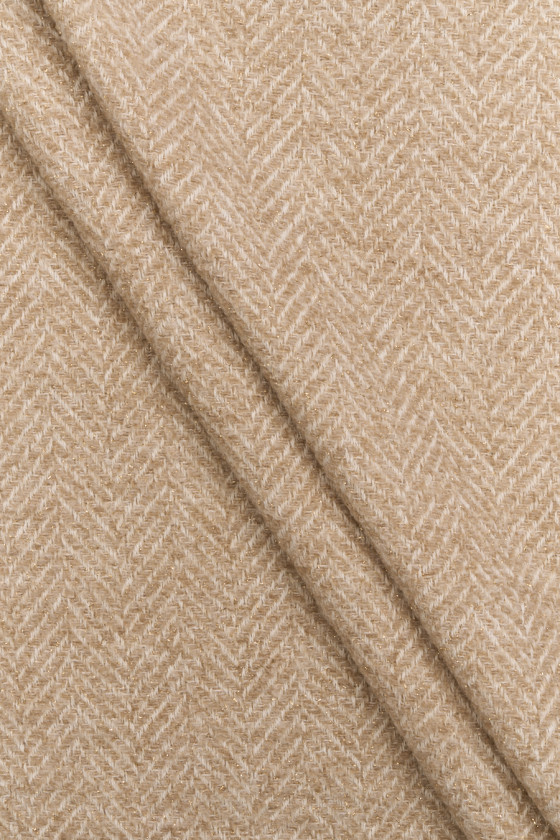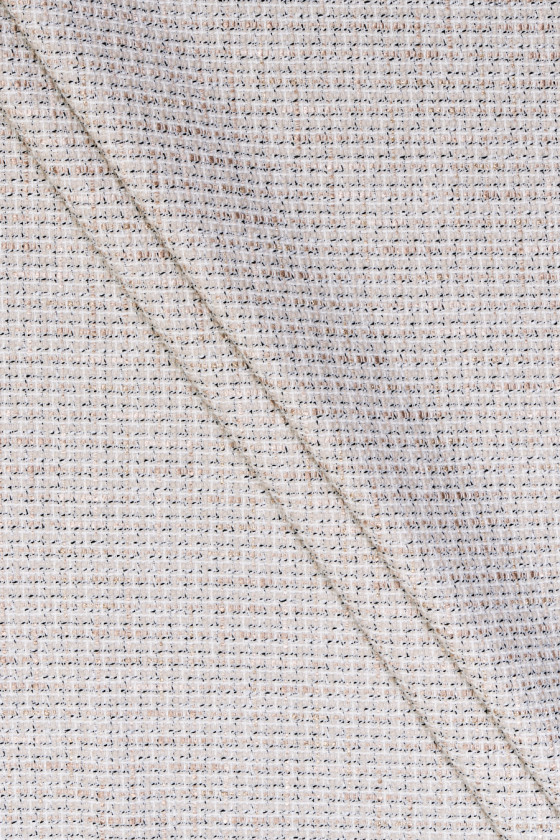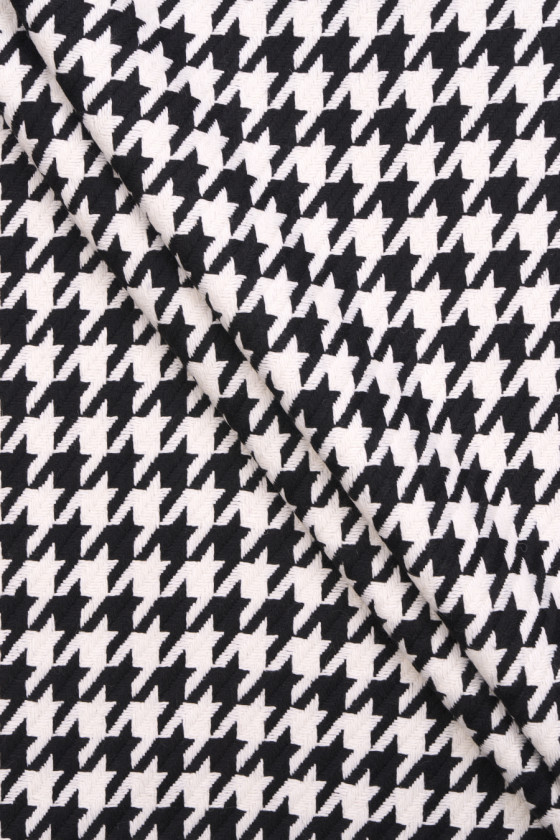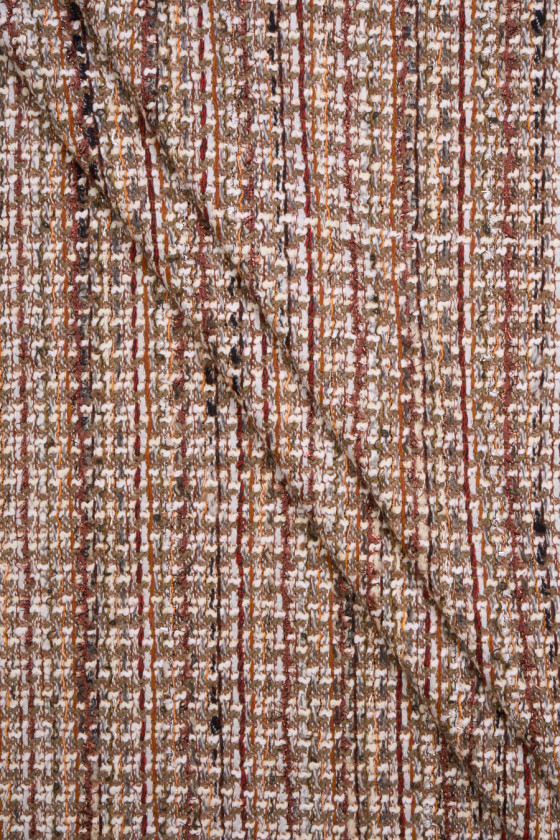- today
- perm_identity Izpol
- label Fabric
- favorite 0 Likes
- remove_red_eye 17438 Visits

Fashion history knows many patterns, but there is probably no more recognizable than tweed. Such a pattern takes on a material woven from thick woolen yarn. Its weave has a very tight, oblique structure. Most often, tweed is woven according to the herringbone pattern. They say that classics never go out of fashion, and there are few such expressive materials as tweed.
It is on the desktops of many modern designers. Whether the occasion is official or more casual, tweed is always a good and elegant choice.
Tweed material, or where did it come from?
The origins of tweed material date back to the former Scotland. It was there that woolen fabric began to be used in this way, especially on one of the western islands, Harris. In general, tweed was a consumable material, used on colder days, which is not lacking in Scotland. It was woven in houses, and if someone was running out of wool, he traded it. Over time, wool has become something of a currency in Scotland. Tweed material owes its name to chance. In 1830, an English merchant misread the term "tweels" as Tweed, the name of a Scottish river. The name was adopted and took England by storm, and then the entire Western world. Just like the tweed material itself.
Properties and advantages of tweed material
Tweed is a pleasant and soft to the touch material, and very flexible. Most seamstresses admit that they work best with this fabric. The fabric has high hygroscopic properties, is elastic and very resistant to wear – tweed does not wrinkle from the very wearing. It conducts heat well, is convenient to use and retains its appearance for many years. The problem may be a slightly higher price and the fact that natural tweed is sometimes attacked by moles.
Tweed – fabric in different types
In Scottish times, tweed was made of sheep's wool, wound on rough threads. These were dyed in natural shades, after which they were woven in the famous pattern. Some people call him "crow's feet". And what does modern tweed material look like today?
Harris Tweed
This variety refers to the beginnings of tweed. It is characterized by the roughness of the fabric, but on the other hand, it is very durable. In Scottish times, this was a special asset. A variety for people who like natural fabrics and primitive techniques.
Cheviot and Shetland
This variety owes its name to the Shetland region and the species of sheep, from which wool was obtained for tweed material. In ancient times, cheviot sheep were bred in the Scottish mountains. That's what they call themselves – Cheviot. Of these sheep, the wool was extremely thick, heavy and with rough yarn. It also has such an interesting, subdued shine. This variety is best suited for the production of durable clothes for mountain expeditions, trips or survival.
Shetland
This variety, in turn, comes from sheep found in the archipelago of the same name. The wool from these sheep is very soft, pleasant to the touch and so fluffy. A good choice if we are dealing with sensitive skin.
Pepita
It is sometimes called a "dog tooth" or just a "chicken foot". Today it is a classic understanding of what tweed material is. Fancy, two-color, skewed. Especially chosen by women, the basis for understanding British fashion.
Donegal
Again, the tweed variety owes its name to geography, this time from Ireland. This tweed takes various forms – herringbones, pepitki, motley or subdued. Donegal was the place where the tweed culture developed over the centuries. The effects are amazing – just look at the fabrics made of lighter and darker yarn, additionally interspersed with other colors. Again – the most frequently chosen material by women.
Chanel fabric
In the twentieth century, a chanel jacket gained considerable fame. This is a garment made of soft tweed, and each copy had a unique pattern. It evokes costume associations. It is very elegant and is also synonymous with it in today's understanding of fashion. It owes its name to a famous designer who often used Scottish tweed material in her projects, bringing its use to the rank of art.





